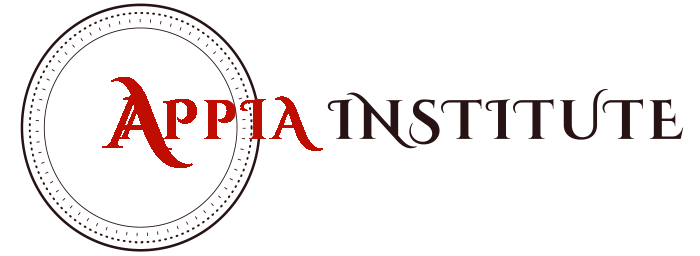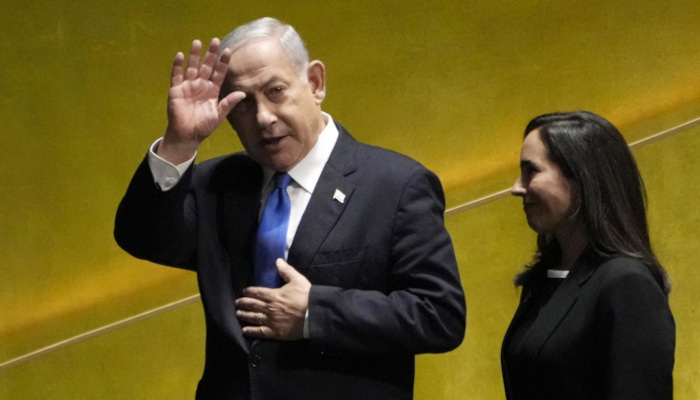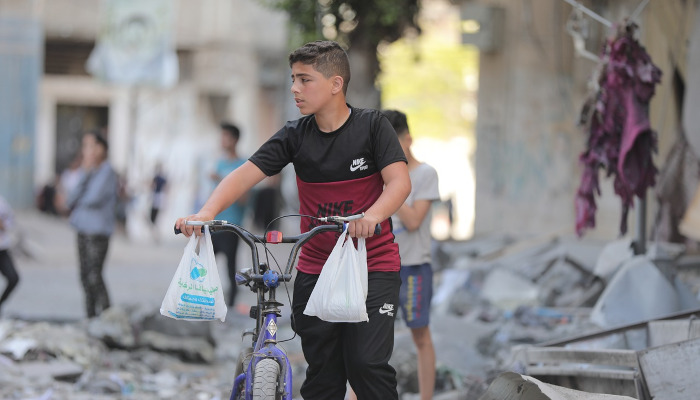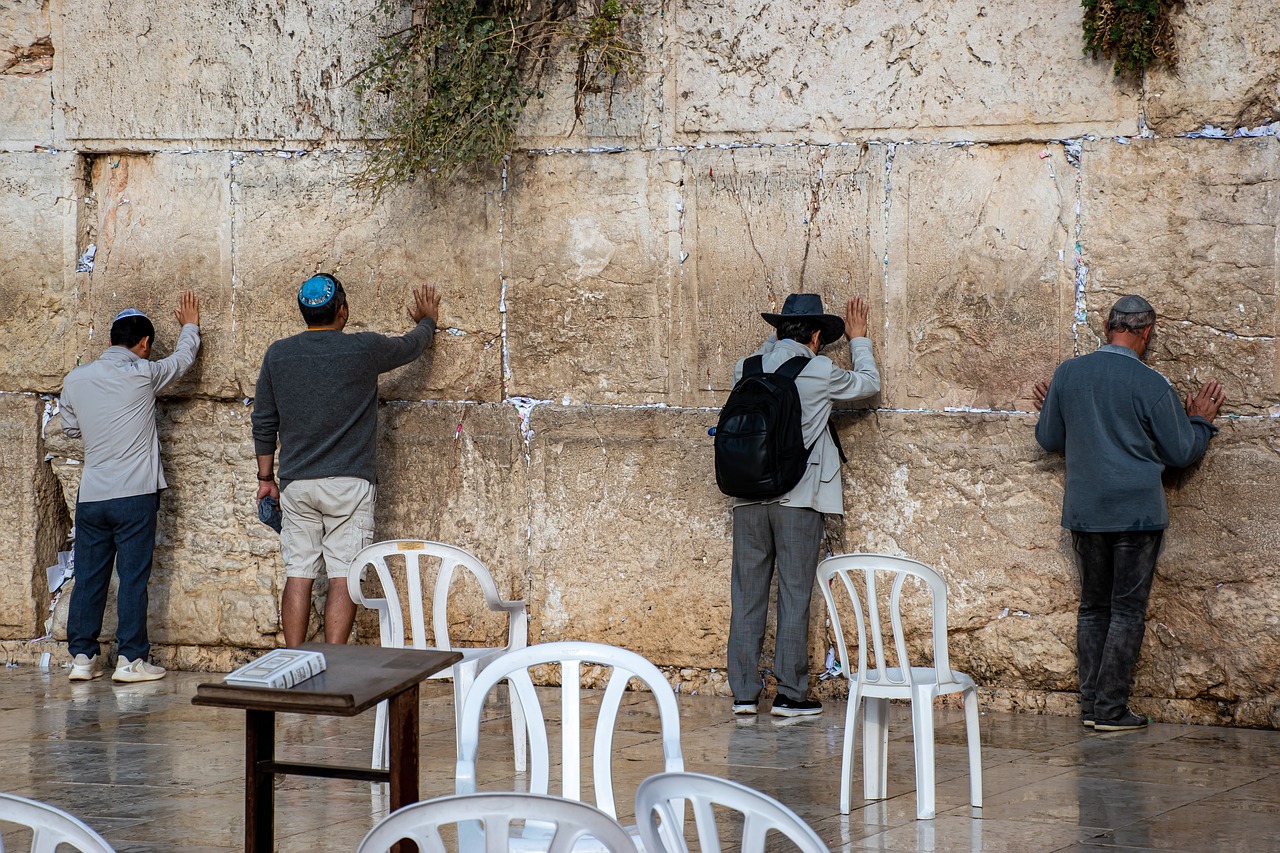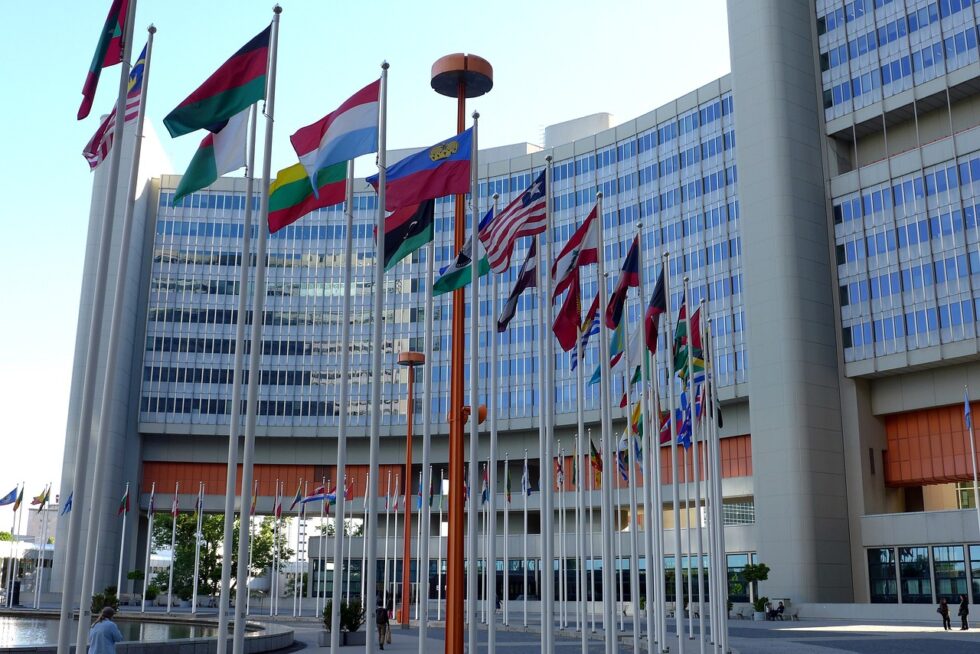
I visited the UNIFIL II mission in Lebanon in the spring of 2007 and already then the Hezbollah militiamen were irresponsive on urgings about disarmament or moving north of the Litani River as directed by the UN Security Council resolution 1701 (2006).
Beyond the rules of engagement (linked to Chapter VI of the United Nations Charter) with the forces and means at its disposal, it was unthinkable for UNIFIL to assist the Lebanese army in the creation in the South of Lebanon of a demilitarized zone as expressly (and perhaps hypocritically) sanctioned by the UN resolution. I had a previous experience in demobilization of combatants in Kosovo where, moreover, we operated under the UN Chapter VII provisions and the local combatant UCK forces were much weaker than the Hezbollah in 2006.
It’s not true that the rules of engagement would explain UNIFIL’s old and current difficulties. (see https://www.securitycouncilreport.org/research-reports/lookup-c-glkwlemtisg-b-2060965.php)
There was an over optimistic assessment of the UN Security Council resolution (1701/2006):
“Although the resolution does not explicitly mention Chapter VII, 1701 was clearly adopted by the Council using Chapter VII powers. UNIFIL II was given an enforcement mandate with strong rules of engagement. The concept of operations is also very innovative as are the arguments for command and control. A new development includes the “strategic cell” which is being established within the Department of Peacekeeping Operations with the aim of providing strategic guidance to UNIFIL operations. The cell will be staffed by officers from key troop contributing countries (about twenty of them) and will be led by an Italian general. It will remain, however, under the supervision of the Under Secretary-General for Peacekeeping Operations. The creation of this cell reflects the desire of the main troop contributors to reinforce the chain of command over the conduct of operations. … The robustness of the resolution is also reinforced by the arms embargo provisions designed to prevent the shipment of arms to militia groups in Lebanon….In summary, resolution 1701 can be seen as a ground breaking precedent The UNIFIL I concept of operations did not include restraining Hezbollah’s militarization in the south…,
The reality got much worse in the following 17 years since (with the support of general indifference and Iran’s aid). Hezbollah has exponentially increased its arsenal of weapons (mostly of Russian, Iranian and Chinese origin) equipping itself, among other things, with more than 140,000 missiles, rockets and drones.
Here the Chinese position seems paradoxical. China both participates with its own PLA military contingent to the UNIFIL peacekeeping mission, and some Chinese companies supply war material to Hezbollah through triangulations.
UNIFIL CIMIC and Monitoring Initiatives
The exponential growth of the Hezbollah military arsenal (and especially missiles) was well known for years. Yet the International public opinion failed to heed the fact that one of the most important parts of the UN resolution was on paper only, thus limiting the UNIFIL role to humanitarian activities (including logistical support for Lebanese civilians) as well as to the traditional monitoring role.
Demonizing the UNIFIL is not helpful and much worse is shooting at it. However, ignoring its structural limits by overpromising and pursuing a pollyannish vision of peace keeping and peace-enforcement risks creating a distorted image that breeds illusions. All ends up damaging the commitment and reputation of the UN military in all theaters.
Another aspect is the technological capacity level of UNIFIL monitoring. In its annual report (23 July 2024, United Nations), the significant limits of the monitoring activity are specified:
“UNIFIL radars cannot detect some types of projectiles, such as air-to-surface missiles, tank rounds, portable anti-tank missiles or projectiles fired from light weapons”.
A Newsweek article explains why:
“Now, just in time for the Security Council’s annual vote, the Lebanese terrorist organization has shown once again that it determines what is permissible for UNIFIL, including whether and how the peacekeepers can monitor the Lebanese-Israeli border, known as the Blue Line. Each year, as part of the ritual of renewing UNIFIL’s mandate, Hezbollah puts out barely veiled threats, mainly targeting France and other European countries that contribute troops to UNIFIL, warning against any attempt to alter the status quo. Last month, through its usual channels in the Lebanese press, Hezbollah once again leveled its customary threats. The warning referred to, among other things, UNIFIL’s attempt to enhance its surveillance capabilities through the installation of advanced cameras at locations near the Blue Line. Guterres’ report identified options ‘for enhancing UNIFIL mandate implementation efforts.’ The options included ‘employing additional new technology’ to supplement tools already in use, such as closed-circuit television, sensors and automated access control systems. “More advanced technology such as thermal cameras, high-tech binoculars and unmanned aerial vehicles,” the report said, “could enhance monitoring along the Blue Line and other parts of the area of operations.” Referring to force protection upgrades at 19 positions close to the Blue Line, the report noted that UNIFIL “intends to augment them with long-range, night-enabled cameras…to increase force protection and observation capabilities.’…This past spring, as UNIFIL initiated preparatory work to install the cameras, it faced backlash from Hezbollah in the form of manufactured ‘popular outrage.’ The pro-Hezbollah newspaper al-Akhbar reported the project had to be frozen temporarily as a result of local and municipal objections (in line with Hezbollah’s position). The newspaper explained that locals opposed the plan in part because the cameras would serve as an extension of Israel’s camera network on the other side of the border, covering Israel’s blind spots. In addition, the paper said, the cameras could monitor activities on the land of local villagers. The problem is, despite having received billions of dollars in U.S. military assistance, the LAF simply runs interference for Hezbollah. Despite at first claiming to have LAF support, Del Col backtracked, explaining that UNIFIL was ‘listening to our strategic partners, the Lebanese Armed Forces,’ suggesting that his decision to halt the installation of new technology came in response to the LAF’s counsel. Al-Akhbar provided more detail. It claimed the LAF commander informed the French that Hezbollah ‘will not approve the project,’ and the LAF therefore ‘advises that the matter be ignored, as no one wants a confrontation.’ …To wit, protesters in the village of al-Adaisseh climbed an observation tower at the border to destroy the surveillance cameras installed on it, while others tried to break the cameras by hurling rocks at them. Hezbollah media pointedly documented the attack. The same thing happened with another of Guterres’ recommendations, in yet another example of the LAF acting as Hezbollah’s proxy. UNIFIL has made clear that it was not even considering the use of surveillance drones. As with the cameras, the LAF had already vetoed the use of surveillance drones last year, and the idea was killed immediately.
These kinds of UNIFIL difficulties landed on deaf ears in the Security Council:
“During the reporting period, in a letter dated 22 February addressed to the President of the Security Council, the Minister for Foreign Affairs of Israel, Israel Katz, stated that ‘Iran is accelerating the pace of its weapons transfers to Hezbollah. Iran is doing so by ground, using the porous Syrian-Lebanese border, as well as by air and sea, in violation of [Security Council resolution] 1701 [(2006)]. These transfers include, among others, components for air defense systems, drones (such as Shahed-101 and Shahed-136) and various types of missiles (such as Mini-Ababil and surface-to-air missiles ‘358’).’ The Minister further stated that ‘several units inside the Iranian Quds Force are in charge of these transfers’ and cooperate with ‘militias in Iraq in order to facilitate the passage of the trucks loaded with weapons through border crossings between Iran and Iraq and afterwards into Syria. Inside Syria, there are several officials in charge of receiving the arms transfers and transporting them to their end users in Hezbollah […].’ In addition, six ‘instances of transfers by air and by ground [in Syria]’ are enumerated in the letter. In response to the above-mentioned letter, the caretaker Minister for Foreign Affairs and Emigrants of Lebanon, Abdallah Bou Habib, in identical letters dated 26 February addressed to the President of the Security Council and to me (A/78/801- S/2024/211), wrote that ‘the accusations made by Israel are based on dates, numbers and names, without any real support or physical proof.’ against the Islamic Republic of Iran,” adding that ‘the accusations in the letter are entirely baseless and are categorically rejected’”.
Moreover, in recent days Israel has damaged the monitoring and video surveillance activities of two UNIFIL stations along the blueline.
Plus there is the issue of the supply chain of video surveillance systems for the UNIFIL forces.
Since the end of August France and Spain installed a new radar system but Hezbollah immediately accused them of being at the service of Israel.
Lebanon, Hezbollah and Israel’s Right to Defense
Over the years Hezbollah has built bunkers, tunnels and military positions south of the Litani River (including in the immediate vicinity of UNIFIL compounds and outposts). In the last 12 months alone, since October 7th, Hezbollah has attacked Israel from its launch bases in Lebanon with approximately 8,500 missiles, rockets and drones.
This shatters the conditions for Israel to abide by the commitments undertaken resolution 1701. And because of the missile attacks it has the right exercise its to defense under Article 51 of the United Nations Charter. But this right has recently clashed with the presence on the ground of the UNIFIL Mission, raising further dilemmas in terms of international law and international humanitarian law.
The Defense of Israel and the Presence of UNIFIL on the Ground
On September 30, IDF warned UNIFIL of the upcoming incursions into Israel and requested the relocation of one post (managed by about thirty Irish soldiers) exactly the 6-52 located on the Blue Line near the village Maroun al Ras. The UN Deputy Secretary General for Peacekeeping Jean Pierre Lacroix responded on October 1 that no post will be evacuated.
The same day, Iran attacked Israel with more than 180 ballistic missiles in response to the killing of the leader of Hezbollah. On the same day, Israeli forces asked Lebanese civilians (these are the first incursions into Lebanese territory since 2006) to move to safer areas away from a series of villages where Hezbollah allegedly operated.
On October 2, the Israeli special forces were ambushed by Hezbollah not far from the UNIFIL outpost 6-52 along the Blue Line. The episode cast a new light on the UNIFIL operations. Certainly, UN evacuation is difficult and first nd foremost there is the issue of the safety of UNIFIL personnel. Yet, there is the risk that objectively the presence of the UN post could favor as a shield one of the combatants and therefore violate the principle of impartiality. Generally speaking, peacekeeping missions should remain operational on the ground as long as conditions allow. However, it’ s extremely complicated to make decisions in crisis situations.
Lastly, there is a difference between perception and reality in the Lebanese reality. In peace as in war, perception counts much more than reality and it is even truer today in the era of social media. The media war is made of hoaxes, and the creation and maintenance of cognitive frames. The conflict is not limited to Israel and Palestine. We are seeing an ongoing clash between Israel and Iran (plus HHH proxies and terrorist groups in Syria and Iraq)
When Israel and Hezbollah accuse each other of using UNIFIL positions (outposts) as a “protective shield” it seems not important to see what’s true. What matters is which side you are on. If you are for Israel, the discovery of Hezbollah tunnels close to UNIFIL outposts to penetrate Israel strengthens your position; if you are for Palestine the October 7 massacre becomes secondary and after a while only the thousands of women and children dead in Gaza count. It’s the era dominated by Likes and Dislikes, with partisan polarization. Yet just because of this, a cold objective observation of facts is important to try and find a common ground for truth.
Marco Mayer
Adjunt Professor at LUISS university Rome
Former Special Advisor to the Italian Minister for Interior and former UN peacekeeper in Kosovo



